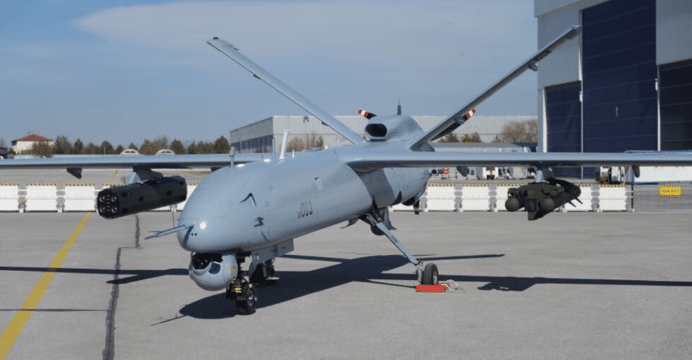Jura The idiot
General
Thursday at 7:20 AM
17 November, 2017
and now just OPINION: UAE fighter contest will be one to watchooh la la again:
Pentagon eyes intimate R&D tie-up with UAE based on US-Israel model
17 November, 2017
A Lockheed Martin F-22 Raptor and a Sukhoi Su-35 shared a common runway ramp for the first time at the Dubai air show.
As reports heat up of a budding competition between the Su-35 and the Lockheed F-35 for a United Arab Emirates air force contract, that unlikely pairing at Al Maktoum International seemed appropriate.
The UAE has long made known its interest in the capabilities that the F-35 brings to the table. More recently, Russia has claimed the Su-35 is under active consideration and in February signed an agreement with Abu Dhabi to study next-generation fighter concepts.
For its part, the US government appears uncomfortable with these developments. A top US Air Force commander bristled when asked about the possibility of the two jets operating side by side.
Since the apparent demise of a Russo-Indian pact to develop a variant of the Su-57, the F-35 has held a monopoly on exportable fifth-generation capabilities. No doubt, Washington would like to keep it that way.
What the UAE’s true intentions with the Russians are is unclear. Is it simply a negotiating ploy to extract better terms from Washington? Or is it part of a larger geopolitical manoeuvre to offset Russia’s Iran-centric approach to the region? Or perhaps a little of both?
In any event, the unfolding fighter competition in Abu Dhabi bears watching.


